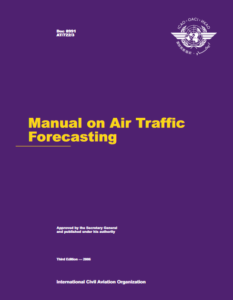About me and my work
Welcome to the my page. My name is Marek Tomas and I am a doctoral student at Faculty of Aeronautics of Technical university of Kosice in Slovakia. My passion for aviation has been going on since I was little and flying was always fascinated for me. I have never forgotten the feeling when I flew on airplane first time. It was about 30 years ago and I flew on Tunisair Airbus A320. I have never forgotten the moment when the pilot came out of the cockpit and greeted each passenger personally. I fulfilled my dream at the Faculty of Aeronautics and I continue to live it. Aviation is simply my hobby and my passion as well.
On this page you can find the some results of my doctoral work – the airport prediction model database. This database was created based on a questionnaire filled out anonymously by airports from all over the world. The questionnaire was part of the dissertation research at the Faculty of Aeronautics of Technical University in Košice in Slovakia.
The site is intended for airports, which can give a new perspective on the choice of a prediction method. The airports in the database are divided into 3 sizes based on the number of passengers handled and the number of flights. Selection by preference will result in a recommended prediction method used by similar airports.




